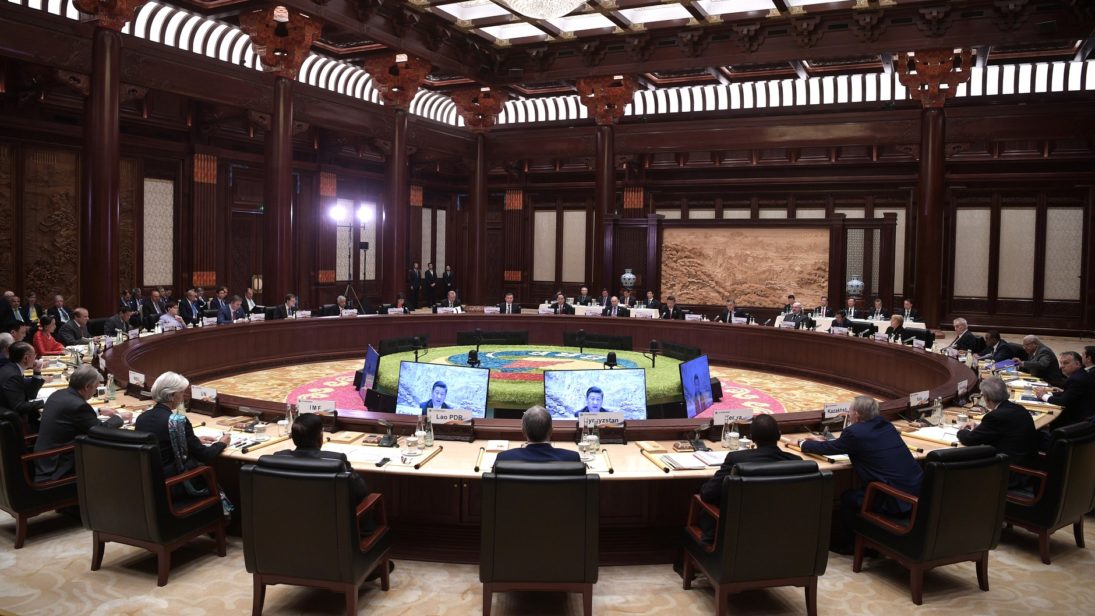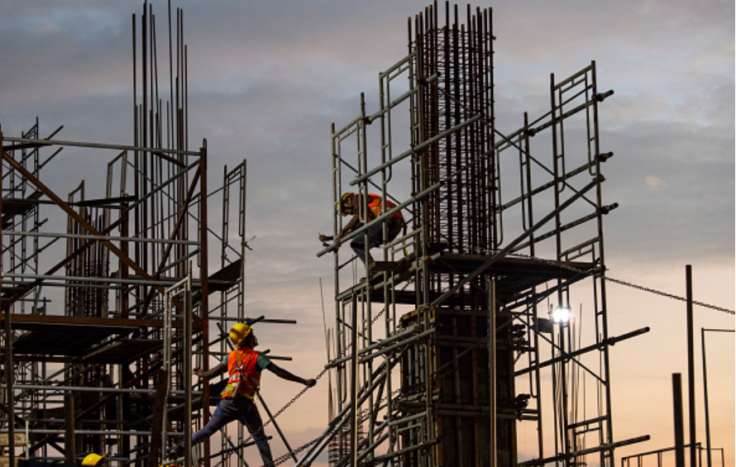
The Stimson Center’s latest South Asian Voices (SAV) series, “Instruments of Influence? Chinese Financing in South Asia,” examines the geopolitical implications of Chinese economic engagement with the region. The Belt and Road Initiative has caused much concern—from observers in India as well as extraregional countries such as in the United States and Japan—about China’s intentions in South Asia. Many fear that China’s economic inroads could lead to military and strategic encroachment. To date, much of the literature on the topic has emerged from India or extraregional countries. The new SAV series provides a much-needed contribution to the discussion by enlisting perspectives from recipient countries. Below I will call attention to important points raised by authors writing about Bangladesh, Nepal, and Pakistan, including those that resonate with my own research on the smaller countries of South Asia.
Uzair Younus examines the China-Pakistan Economic Corridor (CPEC), which is often discussed as a pillar of the Belt and Road Initiative. Younus makes a critical point about Pakistan’s external debt to China: while the proportion is rising (from 9 percent earlier in the decade to roughly 16 percent now), the country’s debt problems are due to internal economic management and less so to “Chinese malfeasance.” This is a finding of my own research on Sri Lanka’s relations with China, suggesting a larger pattern worth examining across South Asia.

Avasna Pandey observes that Nepal is receiving heightened economic interest from China. This small country is heavily dependent on India and welcomes an alternative source of investment. Yet, as seen in the case of Pakistan, Pandey highlights the internal challenges such as disputes between leadership and opposition parties that add an extra layer of complication for the country’s development. Nepal has only recently graduated from a low-income to a lower-middle-income economy, according to the World Bank. As a low-income country, it has not had the problems with debt that have riddled other states in South Asia. Nepal would be wise to learn from the experiences of Pakistan, Sri Lanka and Maldives with Chinese engagement and more broadly must be wary of aspects related to the middle-income trap associated with graduating to a higher economic status. How Nepal will solidify its domestic institutions to enable its economy to grow and diversify is worthy of further examination.
Atif Jalal Ahmad analyzes Bangladesh’s difficult position between China and India. Bangladesh looks ready to benefit from China’s economic investments, but this situation could potentially alienate India—and add to the fraught relations between Dhaka and New Delhi historically. Ahmad calls attention to a recent development that has gone largely unnoticed: China’s offer to Bangladesh to improve river flow on the Teesta River, a tributary of the Brahmaputra River that enters Bangladesh from India. In our book Raging Waters, Satu Limaye, Joel Wuthnow, and I examine water security challenges between India, China, and Bangladesh in the Brahmaputra River basin. For the past decade, India and Bangladesh have failed to conclude a water-sharing agreement on the Teesta, at great cost from Dhaka’s perspective. If Bangladesh and China move forward on this project, India may fear being left behind on a critical issue for regional stability.
One item that was not examined in detail in the three SAV articles is the impact of COVID-19 on each of these countries. The pandemic has added significant economic stress to Pakistan, Bangladesh, and Nepal, in addition to the clear societal costs. How they cope with the pandemic’s effects will inform their economic relations with China in 2021. Analysts in South Asia will need to monitor the situation and offer actionable recommendations for policymakers to successfully navigate the many challenges.
Editor’s Note: South Asian Voices (SAV) endeavors to ensure its contributors are influencing policy debates in India, Pakistan, the United States, and beyond. To this end, our feature Experts Ki Rai periodically has experienced South Asia specialists weigh-in on contributors’ analysis, in the hope of continuing to advance meaningful dialogue on the subcontinent. In this edition of Experts Ki Rai, Nilanthi Samaranayake the Director of the Strategy and Policy Analysis program at CNA, a nonprofit research organization in Arlington, Virginia, responds to SAV’s series “Instruments of Influence? Chinese Financing in South Asia.” Read the series here.
The views expressed are solely those of the author and not of any organization with which she is affiliated.
***
Image 1: via Wikimedia Commons
Image 2: Paula Bronstein via Getty Images


